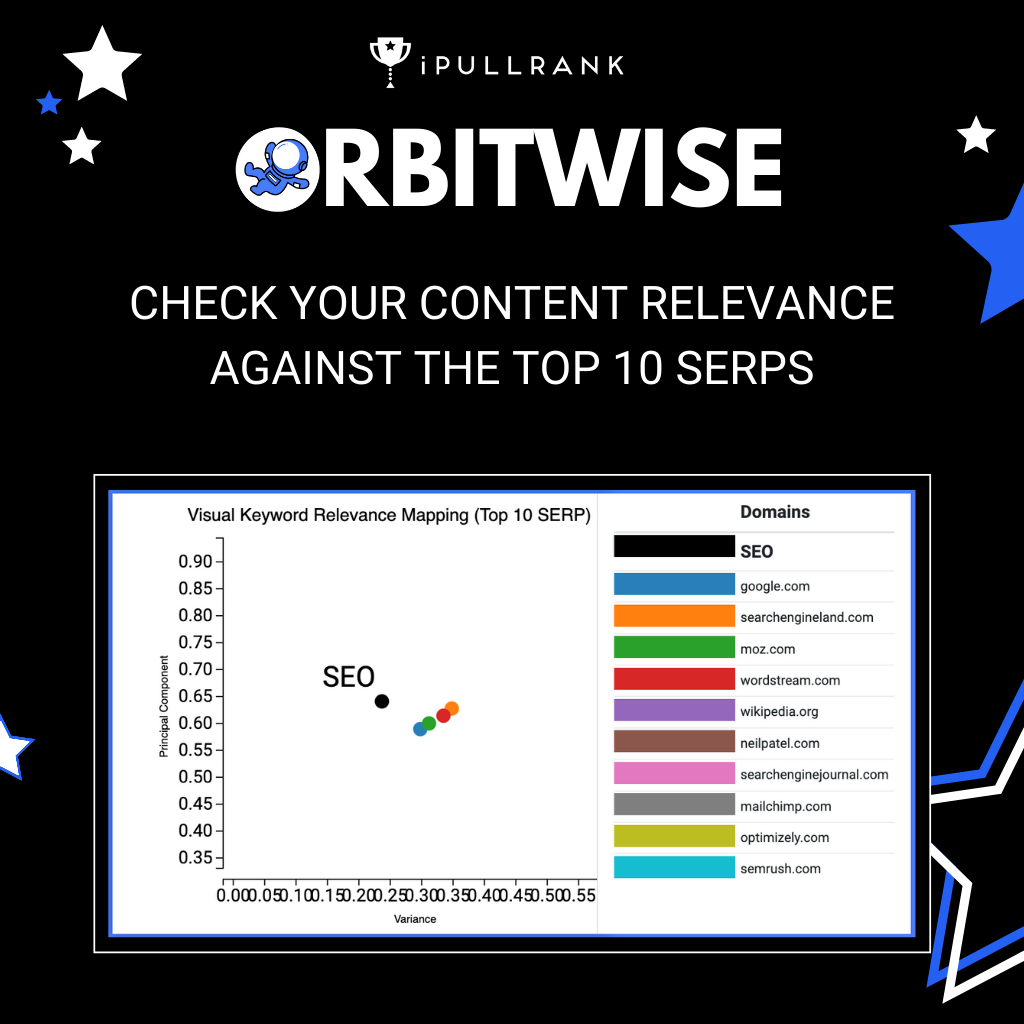
All content is not created equal. With the sheer volume of information on the Internet, we as content marketers know that not every piece shines as brilliant. Just look at the firestorm of controversy around fake news sites and the content providers that promote them. In life and in content, the cream always rises to the top, but it has to get through layers and layers of muck first.
I know what you’re saying. “What is good content anyway?” “How do I know if what we’re creating in my company cuts mustard?” “Why should I even bother?” *Weary Emoji Face* Relax, we’re right there with you and hopefully this article can help you get a better understanding of what separates bad content from good content and how to get over the hurdles that are preventing you and your business from creating GREAT content. Well, that escalated quickly.
Before we talk about what constitutes good content, let’s get the bad stuff out of the way.
Who’s Bad? What is Bad Content?
While ideas may vary and what is “bad” content to one marketer may be sufficient to another, looking at standards across content strategy, we can agree that there are two lenses through which to assess content.

User Experience & Performance
People interact with your content and hopefully they enjoy it.
User Experience
Any good strategy has a firm foundation in its audience. Content is created for people – no matter what your agency tells you – and giving your users a great experience should be top priority. While “experience” is a bit of a nebulous concept and different content calls for different experiences, we can all agree that there are certain things that make readers exit faster than a Betson’s sale. Sorry, bad Philadelphia humor.
Some factors that contribute to poor user experience:

Poor Copy QA
You hate typos. We hate typos. But guess who really hates typos? (Hint: Not your boss) Your consumers. Nothing kills credibility quicker than copy errors. This rings true for all industries but especially for highly technical, specific information. Your customer is looking for answers and if the information is riddled with mistakes, good luck on gaining and keeping their trust.

Off Brand Voice & Tone
You’re a law firm but your copy sounds like a tween e-commerce site. Brand voice is a tough thing to nail and many companies confuse personality with use of slang or clever idioms. Nah, son. Need help developing your brand voice? Check out our 4 Hacks for Discovering Your Brand Voice.

Misinformation & Inaccuracies
Similar to copy errors, inaccurate information or details wreak havoc on your brand. There is lots of content online and users need to be sure that your company’s content is factual and trustworthy. Fact-checking and citing sources help to quell readers’ doubt. This is even more crucial in industries and verticals where trusted information is key.

Poor Navigation
If your customers can’t get to your content, how can they engage with it? From main and sub-site navigation to user navigation in-content, making content accessible and fluid means that users are more likely to interact and have a favorable experience.

Non-Functional Elements
Ever hit a button or click a link and … nothing? Elements on your site or in your content that aren’t functional or don’t do what they should cause disruption. In most cases, this is harmless but worst case your lead form or email signup submit button malfunctions and you miss out on hundreds of thousands of leads. With great content driving engagement this isn’t as crazy as it sounds.

Poor Design
Bad or poor design is visceral. It hits you like a Picasso painting – some websites even look like Picasso paintings. Any who, a poorly designed interface or landing page detracts users from even entering. Images are blurry or the wrong size. Colors don’t complement the experience.

Lack of Interactivity
We’ve all seen Field of Dreams and we know that “if you build it, they will come” isn’t exactly true. But let’s say it were. You’ve built your landing page and visitors have come … now what? Having something for your users to do makes it more likely that they will do something once they arrive. Not only does it foster interaction but it makes for a more engaging experience. Build it, provide interaction points and they will engage.
Performance
It’s a simplification to say bad content performs well… badly. But there is some truth to that. If your content is not performing to its defined goal (not driving business goals, traffic or engagement metrics) then Houston you have a problem with bad content. Content under performs for a host of reasons, some specific to User Experience, others to promotion, often times due to a combination of both.
Some factors that contribute to poor performance:

Poor Timing
Many a great content activation has failed (or flopped) because it got swept away in the tide or was poorly timed. Adding your activation to your marketing calendars will help your team to decide the optimal time to launch an activation.

Poor Audience Targeting
Your audience has very specific digital habits. They hang out on certain sites and certain times of day. Having this information arms you with the power to reach them where they already are. Knowing your audience means you can target them appropriately and save time and money in wasteful promotion efforts where your target is not likely to be. Additionally, proper audience targeting means knowing what content will resonate with them and what won’t. Humor not their thing? Stay away from the cat gifs.

Lack of CTAs
This is the twin of Lack of Interactivity. If you don’t call your users to take an action, the chances they won’t increase. Being strategic here is key. Users are more and more fatigued with exit pop-ups and everyone knows the email signup/Ebook game. Make it worth their while. Provide them with content so good they can’t ignore you and are clawing to give you their information to get more. Another case for great content.

Poor Budget Use
You’ve managed to secure marketing budget to promote your campaigns and content. Kudos! But sadly, you’ve under-, over-, mis- allocated your budget and your conversions are well… less than optimal. Daily spend and proper allocation mean spending the right amount in the right areas and getting the best engagement for your money. Testing different budget allocations helps to monitor spend and weekly optimization meetings can uncover areas where budget is not being used as effectively as it could. Having a baseline CPC and CPA will help you manage spend to those metrics.

Poor Channel Targeting
We know, your last agency told you to do Twitter Ads. But your audience isn’t on Twitter. Spending money incorrectly is ineffective, but not as ineffective as spending money in a channel or a platform where your audience will never interact with your content. This problem is wholly avoidable with detailed audience research and an accurate picture of who your customer is and what they do. Thankfully, we’re experts at segmentation. Some would even say we’re the MacGyver of it.
So if companies know that bad content doesn’t help their customers or business, why do they still create it?
5 Reasons Good Companies Make Bad Content

#1: They Don’t Know What They Have
Before you jump in and start creating Ebooks for your customers, you should have a firm understanding of what content your company already has. It’s a big mistake to leap before you look.
#2: They Don’t Know Where to Begin
You don’t know what to create so you create anything. You’ve read that resource centers are all the rage, so you gear up your writers to start writing articles. Stop right there! Creating content without a plan is the fast track to creating bad content. Defining a strategy – plan, goals, and aesthetic for your content – keeps it aligned with your business from all sides and without it content will be haphazard.
#3: They Don’t Have Time/Resources
This is a common problem for lots of content marketers. According to a Contently study, surveying 700 marketers, 11.4% of marketers note lack of time as a challenge to creating effective content. Content is labor-intensive, but a dedicated team to manage the process can make content creation a smoother, more seamless process.
#4: It’s Too “Expensive” To
Like most marketing channels, budget often defines scope of efforts. According to Contently, 33.7% of marketers said lack of budget was a hurdle to content creation and without the proper funding, content can fall flat and budget extend past the creation phase. Proper promotion takes the right resources and can turn a great piece of content into one no one ever sees.
#5 They Think It’s Good
It goes without saying that quality is subjective and what is good to one person, is so-so to another. We’ve all been in a creative meeting debating the merits of a design style or the best format for readability – you want to do a full redesign, your colleague wants a more scaled down version. The deciding factor tends to be time and money.
So how can you take these lessons and turn them into great content for your business?
How to Create Great Content for your Business

Content audits are powerful tools in developing your content strategy. They give you a granular picture of your online content – the hits and the misses – and a clear picture of where you can improve. Performing a content audit is a baseline exercise and should not only be done at the outset but on an ongoing basis to make sure all content is working to the whole.
#2: Develop a Solid Content Strategy
A solid content strategy includes persona-driven research, governance and workflow modeling to ensure the timely creation and implementation of content, and clearly defined goals. A solid strategy should grow with your business and be forward looking as your content expands and grows.
#3: Look to the Experts (see also: Consider Hiring a Content Strategy Firm)
Time is money and marketing departments are often short on both. But just because you lack resources doesn’t mean you can’t get creative with your content. There are tons of free and free-mium tools for auditing, strategic development, ideation, creation and design. At iPullRank, we use collaborative tools to work with companies as more than an agency but an extension of their content teams.
#4: Consider the ROI
Marketing can’t work if the ROI doesn’t and content creation is an effective tactic to drive business performance cost-effectively. While ROI is tied to many factors, look at your other channels and see how budget is pacing against leads and conversions. Content is less expensive and seeing the totality (cost to create + cost to promote) of a piece of content can give you a better picture of not only how good content contribute, but how bad content detracts for your bottom line.
#5: Get to Know 10X (hint, hint: this is it)
Content standards vary across the board. There is no governing body and design needs to match the brand, while still aiming for high quality. But what if instead of blanket standards, a lens with which to look at content was created? Enter 10X. 10X content strives to 10 times better than any other piece of content in the space it’s in. Instead of a generic good or bad marker, 10X is the mark to strive for. At iPullRank, it’s the only mark and for every client and brand we’re thinking how do we create something that stands out, provides value and is the best.
Good, Better, BEST … What Good Content Can Do for You
Creating bad content is avoidable. With analysis, a clear and strategic plan, and a standard of excellence, your company can move away from random activations to cohesive content that your customers love and your business thrives off of.
Good content builds brand loyalty and trust with your customers. It helps foster authority and keeps your customers coming back to you for the answers they seek.
What great content have you seen lately and what made them especially good? Please share in the comments below.

- Why E-E-A-T & Core Updates Will Change Your Content Approach - March 14, 2023
- How to Kickstart your Marketing after COVID-19 - May 14, 2020
- Captive Audiences? How to Pivot your Content Strategy during a Crisis - April 3, 2020











1 Comment
Fajster! Excellent post. I like the outline of this a lot. Prefacing with examples of bad content, then breaking down why companies do it (#5 was so true… so many are blind to how bad their content actually is) followed by how to do it the right way.
Leave a Comment